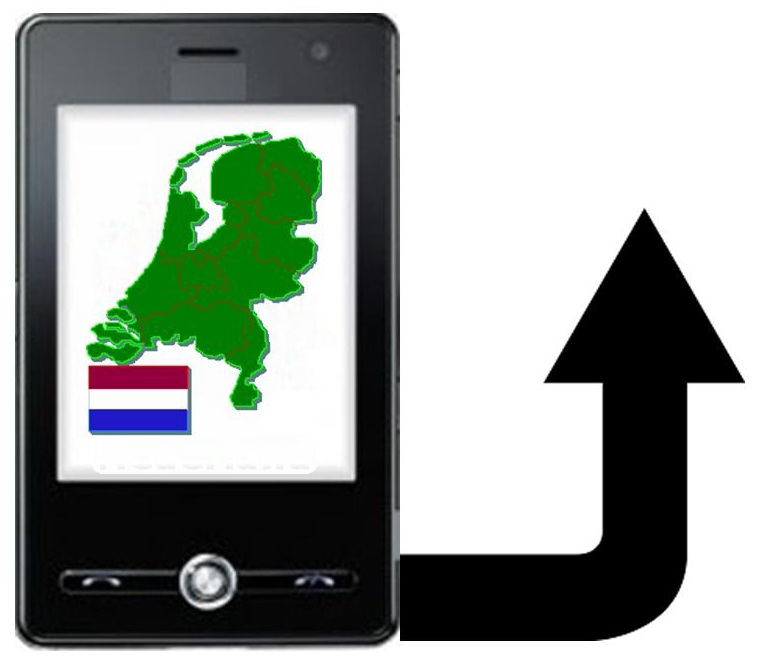Mobile games continue to show impressive growth
Mobile games are beginning to play a larger role in the lives of people around the world. Mobile analytics firm Distimo and mobile commerce firm MEF have released a new report concerning the trends that have emerged worldwide concerning the use of mobile application. The report shows that mobile games have come to represent a significant percentage of all application downloads. These games also make up the majority of the revenue that the applications sector is responsible for.
Games account for majority of app revenue
According to the report, mobile games represent 31% of all application downloads around the world. While this may seem like a small share of the given market, these games also represent 71% of the total revenue of Apple’s App Store and 89% of the revenue of Google Play. Many mobile games are free to play, but include in-game purchases that allow users to spend money to unlock additional content. Much of the revenue that these games produce come from these purchases.
 Freemium model proves lucrative for developers and publishers
Freemium model proves lucrative for developers and publishers
Approximately 7% of the revenue that mobile games are responsible for comes from actually purchasing a game. The so called “freemium” model, whereby games can be acquired for free but additional features must be purchased through small transactions, is the most lucrative model for mobile developers currently. Mobile games have come to represent one of the most lucrative sectors for the game industry as a whole and a growing number of prominent developers and publishers are beginning to take the mobile space more seriously as a result.
Mobile games likely to continue gaining momentum around the world
Mobile games are expected to continue seeing strong growth throughout the world, especially as these games begin making their way to emerging markets in Africa and Asia. China is currently home to one of the most robust mobile gaming markets in the world, with thousands of games being produced on a daily basis throughout the country.

 Tablets favored over smartphones
Tablets favored over smartphones